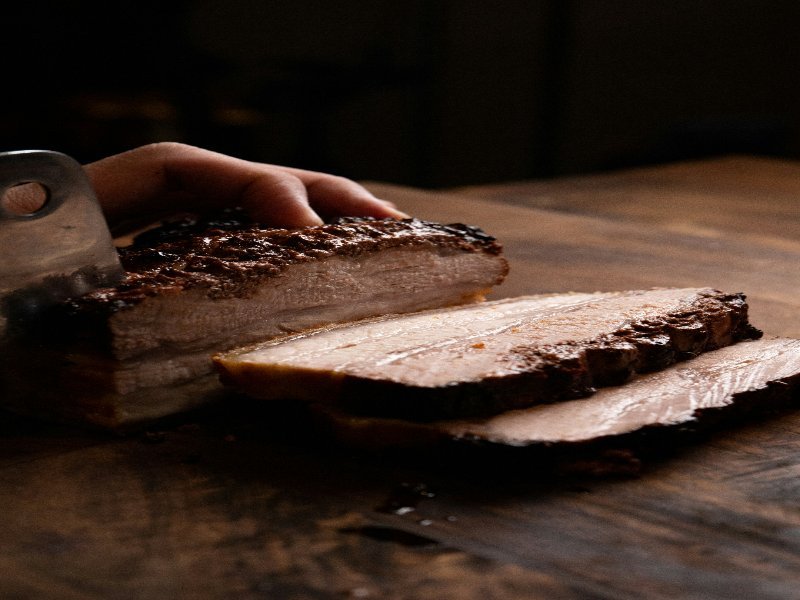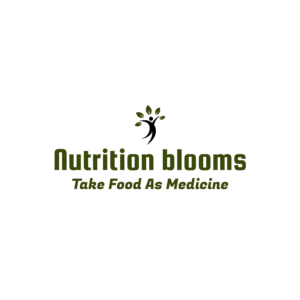With its rich, smokey aroma and delicate, juicy meat, pulled pork has long been a treasured mainstay in many culinary traditions. Pulled pork nutrition has a special place in the hearts (and stomachs) of foodies all around the world, whether it’s paired with barbecue sauce and served on bread or mixed into tacos or salads. But beyond just how delicious it tastes, there’s a question to ask: What about its nutritional profile? Does pulled pork have any health benefits, or is it just a guilty pleasure? Let’s explore this delicious dish’s nutritional details.

The Fundamentals: Describe pulled pork.
Before delving into pulled pork’s nutritional value, let’s define it. Pulled pork originates from pork shoulder, also known as pork butt or Boston butt. It’s slow-cooked until fork-tender and seasoned with spices for a smoky flavor.
Breakdown of Macronutrients
Analyzing pulled pork’s macronutrients is crucial for assessing its nutritional value. Pork provides high-quality protein essential for tissue growth and repair. A 3-ounce serving offers approximately 25 grams of protein, making it ideal for meeting protein needs.
Pork contains both saturated and unsaturated fats. The type of meat and added sauces or oils can influence the fat content. Pork fat contributes to its tenderness and rich flavor.
Carbohydrates: Pulled pork is suitable for low-carb or ketogenic diets due to its naturally low carb content. However, serving it with sugary condiments can increase the dish’s carbohydrate content.
Micronutrients: Health Advantages
Pulled pork offers a range of micronutrients that are critical for general health in addition to macronutrients: Iron: Heme iron, which is more readily absorbed by the body than non-heme iron found in plant-based diets, is present in pork and is a rich source of iron. Sustaining optimal blood oxygen levels and averting iron-deficiency anemia require a sufficient consumption of iron.
Zinc: Another important mineral found in pork is zinc, which is necessary for DNA synthesis, wound healing, and immune system activity. Including foods high in zinc, such as pulled pork, in your diet helps boost immunity and general well-being.
B vitamins: Pork provides essential B vitamins: vitamin B6, B12, thiamine (B1), riboflavin (B2), and niacin (B3). These vitamins support red blood cell synthesis, neuron function, and energy metabolism.
Moderation and Health Considerations
While pulled pork offers several nutritional advantages, it’s important to consume it in moderation and be mindful of certain health risks, including HCAs, or heterocyclic amines. To lessen exposure to these compounds, marinate, spice rub, or cook the meat with antioxidant-rich ingredients such as citrus, garlic, or rosemary.
In summary
In conclusion, pulled pork nutrition is rich in protein and vital vitamins and minerals, making it a delicious addition to a balanced diet. However, moderation is key, and it’s crucial to monitor cooking methods and sodium intake. Pair pulled pork with plenty of fruits, vegetables, and whole grains to maximize its nutritional benefits. So, enjoy the taste of pulled pork while knowing you’re nourishing your body.



Your blog is a testament to your dedication to your craft. Your commitment to excellence is evident in every aspect of your writing. Thank you for being such a positive influence in the online community.